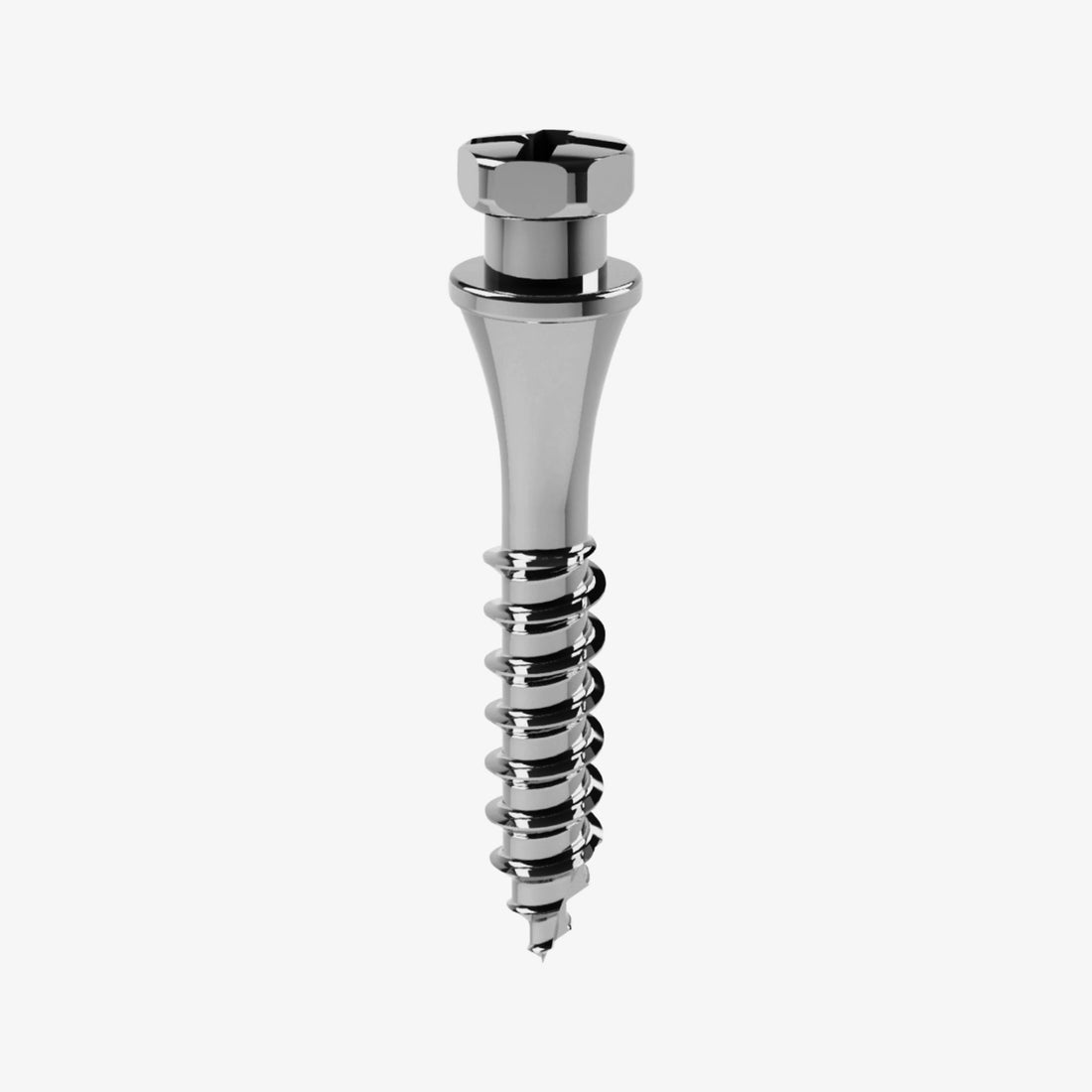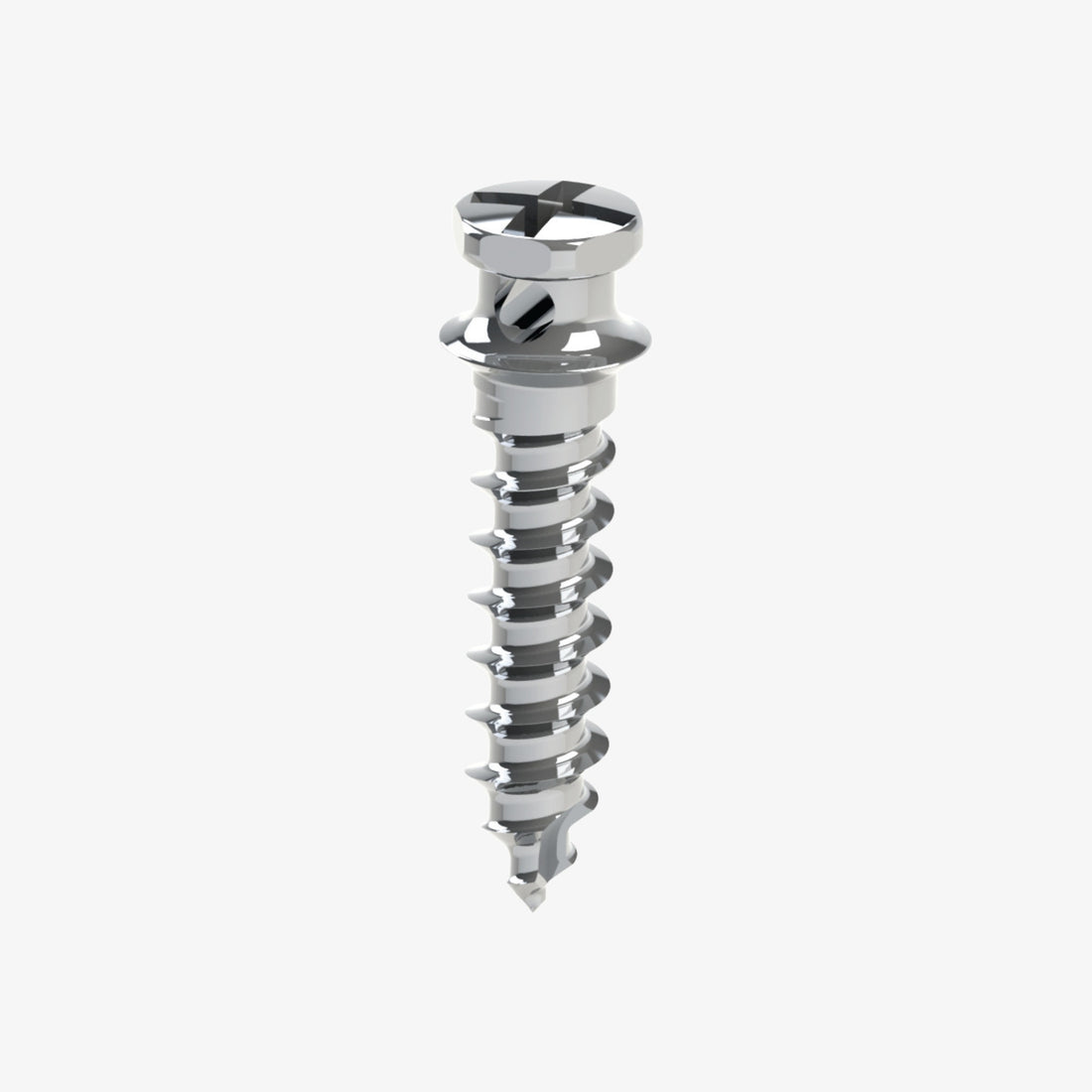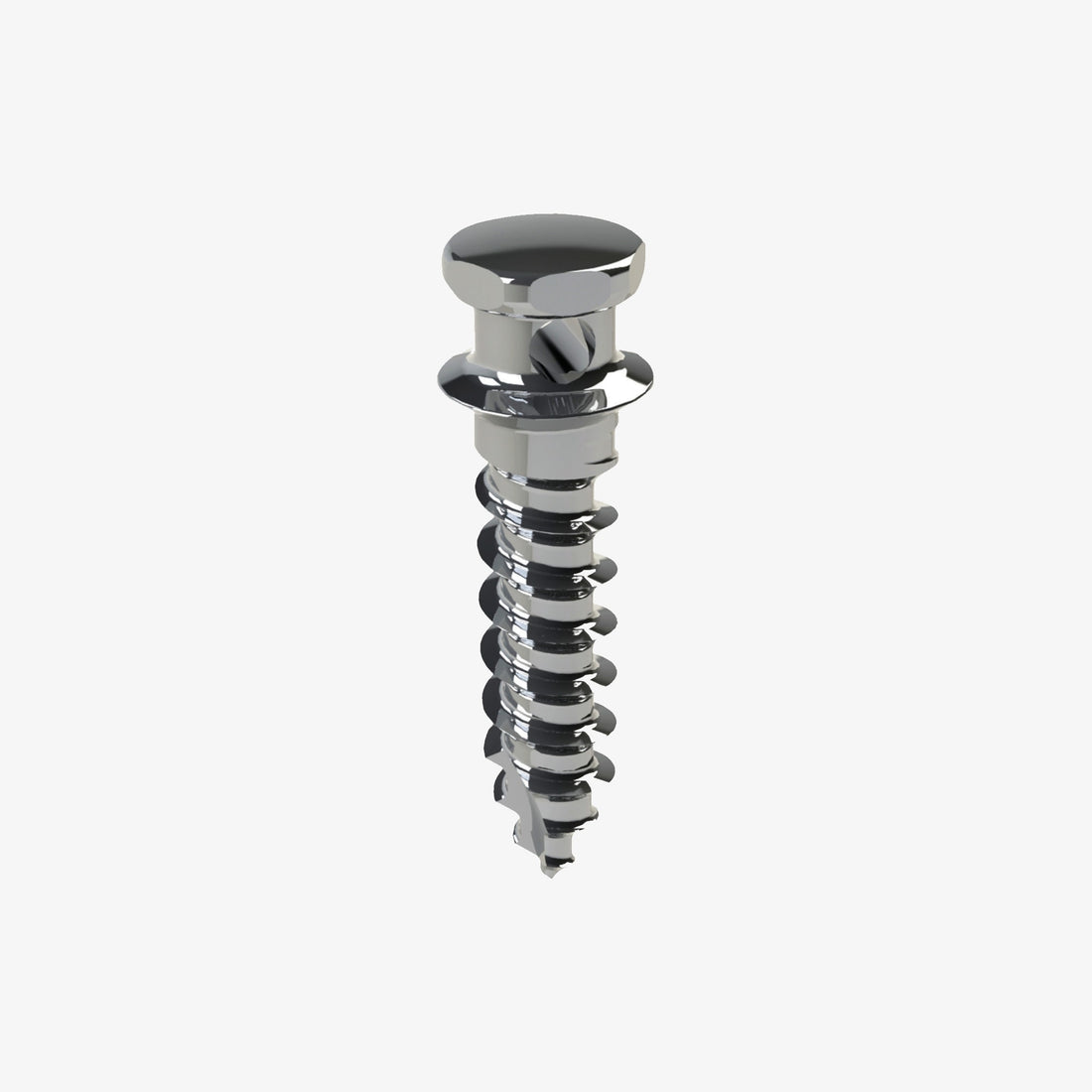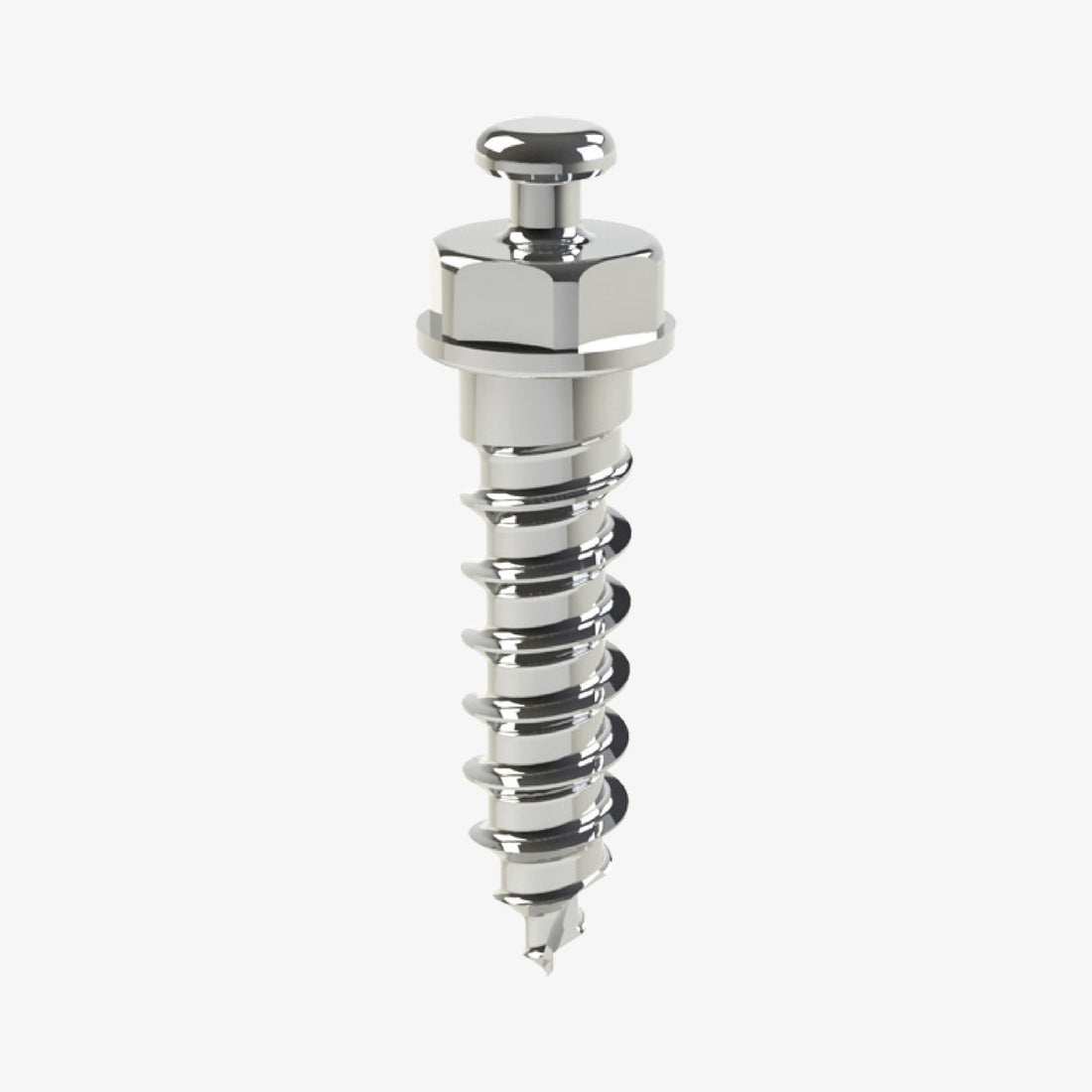Orthodontic Anchorage Solutions: How Jeil Medical Mini-Implants Transform Treatments
Modern orthodontics has evolved significantly, offering increasingly effective and discreet solutions for correcting dental problems. Beyond traditional braces or invisible aligners, an essential tool that has revolutionized complex treatments is the orthodontic mini-implant, also known as TADs (Temporary Anchorage Devices). These small, temporary, and biocompatible devices have transformed how orthodontists can control tooth movements, opening new horizons in achieving precise and rapid results.
What Are Orthodontic Mini-Implants and How Do They Work?
Orthodontic mini-implants are tiny screws, made from a biocompatible titanium alloy, typically a few millimeters long (usually between 5 and 16 mm) and very small in diameter (between 1.2 and 2.5 mm). They are specifically designed to be temporarily inserted into the jawbone, acting as fixed support points or absolute anchorage.
The mechanism of action is relatively simple yet ingenious.
In orthodontics, to move a tooth in a specific direction, a point of support (anchorage) is needed. Traditionally, this support was obtained from other teeth or even extraoral structures (like headgear). The problem was that these anchor teeth could, in turn, move undesirably.
Mini-implants solve this problem by providing a stationary and immobile anchorage point. Once inserted, the orthodontist can attach elastics or springs to the mini-implant and to the teeth they want to move. Since the mini-implant is firmly anchored in the bone, the force applied will act exclusively on the target teeth, without affecting the supporting teeth.
Advantages of Using Orthodontic Mini-Implants
The introduction of mini-implants has brought significant benefits to orthodontic treatment:
· Increased Precision and Predictability: They allow precise and controlled tooth movements, reducing the risk of undesirable side effects on other teeth.
· Treatment of Complex Cases: They make it possible to correct severe anomalies that were previously difficult or impossible to treat without complex surgical interventions.
· Reduced Treatment Duration: By applying efficient forces, mini-implants can contribute to shortening the total treatment time.
· Avoidance of Orthognathic Surgery: In some cases, the use of mini-implants can eliminate the need for jaw surgeries, offering a less invasive solution.
· Enhanced Patient Comfort: Being small and inserted under local anesthesia, discomfort is minimal, and the insertion process is quick.
· Improved Aesthetics: They often eliminate the need for bulky auxiliary appliances (e.g., headgear), improving aesthetics during treatment.
Jeil Medical: A Leader in Orthodontic Mini-Implants
Jeil Medical Corporation is a globally recognized manufacturer of medical devices, including orthodontic mini-implants. Their primary system is the Dual Top Anchor System, a versatile range of mini-implants designed to provide stable anchorage and flexibility in treatment planning.
Key features of Jeil Medical mini-implants include:
· Material: High-quality titanium alloy (Ti 6AL 4V ELI), biocompatible, corrosion-resistant, and non-toxic.
· Design: Most are self-drilling and self-tapping, which allows for easier insertion, often without the need for an incision or pilot hole (depending on bone density).
· Dimensional Variety: Available in a wide range of diameters (from Ø 1.3 mm to Ø 2.5 mm) and lengths (from 5 mm to 16 mm), offering the orthodontist numerous options to adapt to the specific needs of each case and insertion area.
· Diverse Head Types (e.g., JA, JF, JB, G1, G2, JK, JD, JO, JS, MIM): These allow for the attachment of various orthodontic elements (springs, elastics, etc.) and adaptation to diverse biomechanics.
Specific Indications and Application Examples of Jeil Medical Mini-Implants in Various Oral Areas
The insertion site and specific type of mini-implant are crucial for treatment success. The choice depends on the patient's anatomy, the desired tooth movement, and the complexity of the case.
1. Interradicular Mini-Implants (between roots):
o Jeil Medical Types: Various Dual Top system variants (e.g., JA, JD, JK, JO) with small diameters (Ø 1.3 mm - Ø 1.6 mm) and short-to-medium lengths (5 mm - 10 mm). These are ideal due to their small size, allowing safe insertion in limited interradicular spaces.
o Indications:
§ Retraction of anterior teeth: To pull front teeth backward, especially after premolar extractions.
§ Localized intrusion/extrusion: Precise adjustment of the vertical level of a single tooth or a small group of teeth (e.g., intrusion of an over-erupted molar).
§ Midline correction: To align dental arches through asymmetric movements.
§ Anchorage for intermaxillary elastics: When specific tooth movement is desired between the two arches, without adverse effects on anchor teeth.
2. Palatal Mini-Implants (in the roof of the mouth):
o Jeil Medical Types: Dual Top mini-implants with longer lengths (e.g., 8 mm - 12 mm) and, sometimes, larger diameters (Ø 1.6 mm - Ø 2.0 mm), or even palatal anchor plates (Anchor Plates System) for maximum stability.
o Indications: The palatal bone is dense and offers excellent anchorage:
§ Bilateral maxillary molar distalization: An extremely efficient method to push both upper molars backward, to create space or correct Class II occlusion, without affecting anterior teeth.
§ Mini-implant assisted rapid maxillary expansion (MARPE): Anchor plates can be used for widening the upper jaw in adolescent and adult patients where the palatal suture is more ossified.
§ Total maxillary intrusion: In severe open bite cases, to intrude the entire upper jaw.
3. Retromolar/Buccal Mini-Implants (behind the last molars or in the buccal cortical area):
o Jeil Medical Types: Types like JS, with a long neck and larger dimensions (e.g., Ø 2.0 mm - Ø 2.5 mm, lengths 10 mm - 16 mm), are often indicated for these areas. Other Dual Top screws (e.g., G1, G2) can also be used.
o Indications:
§ Mandibular molar mesialization: Pulling lower molars forward to close spaces after tooth extractions.
§ Mandibular tooth distalization: To correct Class III occlusions.
§ Buccal shelf anchorage: An area with thick cortical bone in the lower jaw, ideal for strong anchorage in Class III cases.
§ Zygomatic crest anchorage: In the upper jaw, for complex distalization or intrusion movements of lateral segments.
Insertion and Removal Process
The insertion of a Jeil Medical mini-implant is a minimally invasive and quick procedure, performed by the orthodontist or oral and maxillofacial surgeon, under local anesthesia. Due to the self-drilling and self-tapping design, the procedure is simplified and often does not require incisions or pre-drilling of the bone (though pre-drilling may be necessary in cases of very dense bone). The patient does not feel pain during the procedure, only slight pressure.
After insertion, there may be slight discomfort or sensitivity for a day or two, which can be managed with common analgesics. Strict oral hygiene around the mini-implant is crucial to prevent inflammation and ensure success. Jeil Medical mini-implants are also immediately loaded, meaning they can be used immediately as an anchorage point.
The removal of the mini-implant is equally simple and painless, performed once its orthodontic goal has been achieved. The insertion site heals quickly and completely.
Conclusion
Orthodontic mini-implants, especially those from the Jeil Medical Dual Top Anchor System, represent a fundamental pillar in modern orthodontics. They provide orthodontists with a powerful and versatile tool to personalize treatments, achieve superior results, shorten overall therapy duration, and address cases that would otherwise require much more invasive procedures. The variety of sizes and head types, along with ease of insertion and removal, make Jeil Medical solutions a preferred choice for clinicians, contributing significantly to achieving a perfect smile. If you are facing a complex orthodontic problem or simply desire a more efficient and controlled treatment, discuss with your orthodontist the possibility of integrating mini-implants into your treatment plan.












 0745 100 497
0745 100 497


